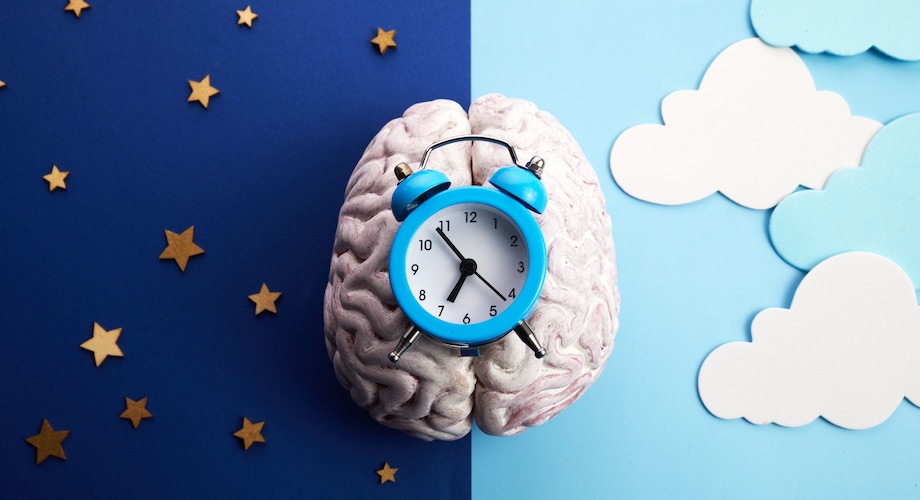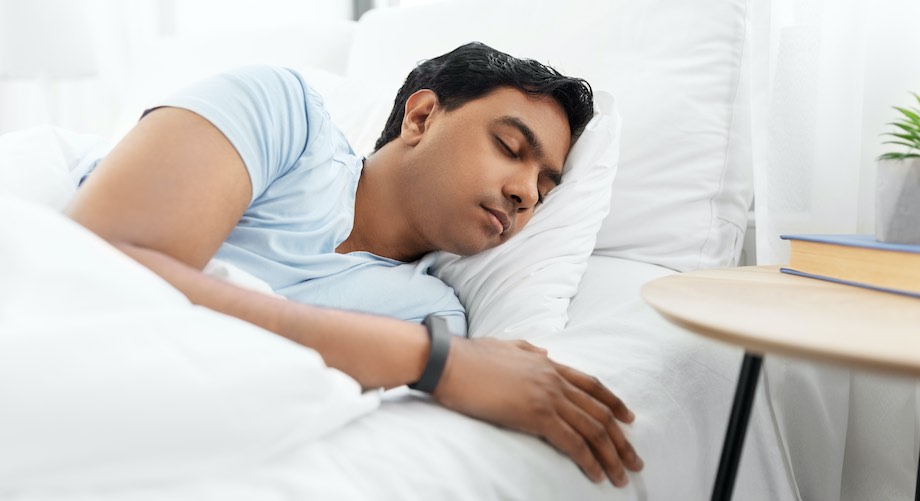Authors: Lauren Serpico, Jeff Pawelek & Stuti Jaiswal –
Early Understanding of Sleep
Everyone has struggled with getting enough sleep at some point in their lives. And although insomnia was described as far back as the 17th century, most of the common sleep disorders such as sleep apnea (a form of sleep disordered breathing) were not widely known until the 20th century [1]. Once sleep medicine became a recognized clinical specialty in the second half of the 20th century, clinicians and researchers began to develop foundational knowledge of how sleep impacts our health. At least 7 hours of sleep per night is considered adequate by most sleep experts, and too little sleep has been linked with serious and widespread health problems including obesity, heart disease, high blood pressure, and type 2 diabetes [2,3].
Scientific understanding of sleep has evolved over the past 25 years. Classic experiments suggested there is a relationship between sleep deprivation and the ability of the body’s immune system to deal with infection [4]. While we have some data on how short-term sleep deprivation negatively affects human learning, mood, behavior, performance, and organ-system functioning, we still don’t fully know the long-term effects of insufficient sleep due to the obvious ethical considerations of obtaining such data in a controlled clinical trial [5]. Such an issue points to the need for innovative solutions.

The Challenge of Studying Sleep
Public awareness of sleep problems has been relatively limited compared to other health-promoting behaviors such as diet and exercise. This is in part due to the complex nature of sleep research since traditional objective testing relies on specialized equipment that requires burdensome overnight experiments (to perform polysomnography, the gold standard diagnostic tool to evaluate sleep and sleep disorders). Another common research approach is to use subjective self-reported surveys requiring memory recall of sleep-related events or examing medical record information to identify links between sleep behaviors and health outcomes.
While polysomnography captures important details such as brain activity (EEG), heart rhythm (ECH), eye movements (EOG), and muscle activity (EMG), it only captures these details when the study participant is visiting the sleep lab. It has been shown that one’s environment can also influence their sleep, so to truly understand topics such as sleep variability, longitudinal data must be collected to monitor sleep patterns over time in the study participant’s natural environment [6]. With the rise of new technology, study participants can now contribute data on their sleep health from the comfort of their own beds.

Digital Health Tech: A Dream Come True for Studying Sleep
The rise of consumer-focused digital health technologies has taken sleep research to a new digital revolution. In addition to heart rate and steps taken, wrist-worn activity trackers and smartphone apps also offer insights into basic sleep measurements such as duration, time to bed, time awake, and frequency of nighttime awakenings – objective metrics that are analyzed in traditional sleep research studies. The continuous and passive collection of these key metrics offers new data streams for clinicians and researchers to explore. With the added benefit of fully remote, cloud-based data storage, wearable technology creates exciting new decentralized research opportunities that can be centered around the participant experience to minimize burden and maximize engagement.
In this two-part blog series, we describe how mobile digital health technologies, decentralized clinical trials, and the power of longitudinal health data have created a paradigm shift in how we study sleep.

References:
- Schulz H, Salzarulo P. The Development of Sleep Medicine: A Historical Sketch. J Clin Sleep Med. 2016 Jul 15;12(7):1041-52. doi: 10.5664/jcsm.5946. PMID: 27250813; PMCID: PMC4918987.
- Grandner MA, Chakravorty S, Perlis ML, Oliver L, Gurubhagavatula I. Habitual sleep duration associated with self-reported and objectively determined cardiometabolic risk factors. Sleep Med. 2014 Jan;15(1):42-50. doi: 10.1016/j.sleep.2013.09.012. Epub 2013 Oct 28. PMID: 24333222; PMCID: PMC3947242.
- Jaiswal SJ, Quer G, Galarnyk M, Steinhubl SR, Topol EJ, Owens RL. Association of Sleep Duration and Variability With Body Mass Index: Sleep Measurements in a Large US Population of Wearable Sensor Users. JAMA Intern Med. 2020 Dec 1;180(12):1694-1696. doi: 10.1001/jamainternmed.2020.2834. PMID: 32926073; PMCID: PMC7490746.
- Rechtschaffen A, Bergmann BM, Everson CA, Kushida CA, Gilliland MA. Sleep deprivation in the rat: X. Integration and discussion of the findings. Sleep. 1989 Feb;12(1):68-87. PMID: 2648533.
- Shepard JW Jr, Buysse DJ, Chesson AL Jr, Dement WC, Goldberg R, Guilleminault C, Harris CD, Iber C, Mignot E, Mitler MM, Moore KE, Phillips BA, Quan SF, Rosenberg RS, Roth T, Schmidt HS, Silber MH, Walsh JK, White DP. History of the development of sleep medicine in the United States. J Clin Sleep Med. 2005 Jan 15;1(1):61-82. PMID: 17561617; PMCID: PMC2413168.
- Pandi-Perumal SR, Spence DW, Brown GM, Thorpy MJ. Great challenges to sleep medicine: problems and paradigms. Front Neurol. 2010 Jun 14;1:7. doi: 10.3389/fneur.2010.00007. PMID: 21206765; PMCID: PMC3009452.



